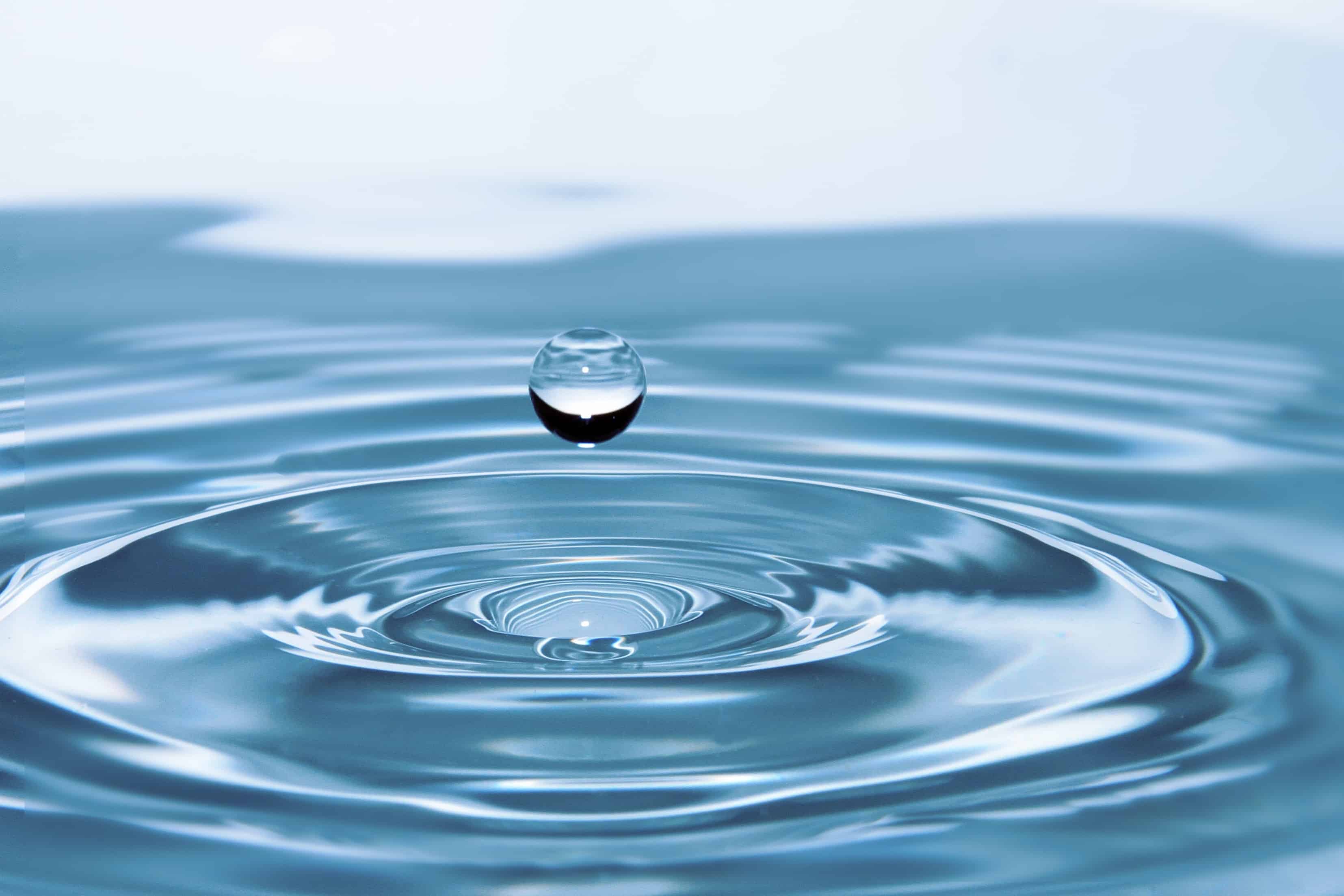
Wastewater treatment plants have the job of purifying sewage. But science also sees these as a valuable resource. Wastewater – and what it is made up of – is now being used in new agricultural solutions. As part of the SUSKULT Project, an urban greenhouse is to be set up which will utilize resources from a wastewater treatment plant.
The agricultural economy is becoming more and more intensive and is already showing serious signs of exhaustion. Phosphate sources are finite. No plant can grow without phosphate. Fertilizer production requires a great deal of energy, meanwhile water and soil are increasingly becoming more contaminated. This dilemma is compounded by an ever-increasing demand for sustainable, local and high-quality agricultural produce. Supplying expansive urban centers poses a specific problem.
Linking up with wastewater treatment plants
Wastewater treatment plants are already present in cities. Plus they are furnished with all the equipment that is required for the cultivation of agricultural produce in greenhouses. The SUSKULT Project therefore aims to link up with wastewater treatment plants in order to create an agricultural system for the urban cultivation of high-quality vegetables.
“The system is to be integrated into existing wastewater treatment plants and use the resources that are available there. Apart from nutrients, these include CO2 and heat in particular for enhancing the productivity and heating of glasshouses,”
as Markus Ellersdorfer explains. He conducts research in the field of Renewable Materials Processing as part of the Chair of Process Engineering of Industrial Environmental Protection at the Leoben University of Mining and Metallurgy in Austria.

Initially the project will test a variety of technologies for the recovery of nutrients. The separate scientific partners are focusing on their own fields of expertise. Ellersdorfer states that research is being carried out, for example, by the Fraunhofer Institute for Environmental, Safety and Energy Technology (Fraunhofer UMSICHT) on membrane technology. The University of Leoben is researching the separation of nutrients through ion exchange processes on zeolites. To quote: “At the end of the day, either the best technology will be selected from the individual technologies, or an optimal overall process consisting of specific individual technologies will be created. Ultimately this will enable the recovery of the essential nutrients for plant cultivation – namely nitrogen, phosphorus and potassium – from wastewater treatment plants.
Hydroponic system
The researchers assume that a hydroponic system will be used in the greenhouse. The system does not use soil. Nutrients and fertilizers required by the plant are applied to the roots solely in liquid form.
The nutrient recovery process should be immediate. The nutrients are to be extracted from the wastewater in circulation at the sewage treatment plant and fed as consistently as possible to the crops.
Pilot plant in the Ruhr district
The project is scheduled to run until 2024. A demonstration facility will have been installed by then for the production of forty tons of vegetables per year at the Emschermünde plant (one of the established wastewater treatment plants in the Ruhr area).
Fifteen partners from industry and research are involved in the SUSKULT Project. These include REWE Markt GmbH and Metro AG. The initiator and coordinator is the Fraunhofer UMSICHT in Oberhausen, Germany. It is part of the Agricultural Systems of the Future Initiative funded by the German Federal Ministry of Education and Research.
Recovery of nutrients
Process engineers at the University of Leoben have completed a project for the recovery of nitrogen from wastewater. As part of that, a new process that uses zeolites to recover excess nitrogen from wastewater is also under development.
Zeolites occur in nature in the guise of various minerals and can also be mined in European deposits. Due to their crystalline structure, they have the ability to bind certain substances or release them in concentrated form. The team surrounding Ellersdorfer let the wastewater flow over the zeolites. They discovered that nitrogen remains trapped in the zeolites’ lattice structures and is subsequently washed away as a concentrated solution. The nitrogen obtained in this way is used for the purification of industrial smoke emissions.
The SUSKULT Project will now test if this nitrogen can also be used as fertilizer and whether potassium and phosphorus could be extracted using the same process.
Local, urban production
There are already methods where wastewater treatment plants are used as part of a circular economy. For example, phosphorus is recovered from sludge and ash in sewage treatment plants. In these cases, this phosphorus is put back into agriculture as either fertilizer or feed additives. Yet this process means that the phosphorus first has to be delivered to rural regions before it can be used to bring fruit and vegetables back to the city. Whereas the SUSKULT Project’s vision is to promote the growing of local produce in urban areas.

Also interesting:
Start-up of The Day: Austrian daredevils tackle energy-guzzling greenhouses






